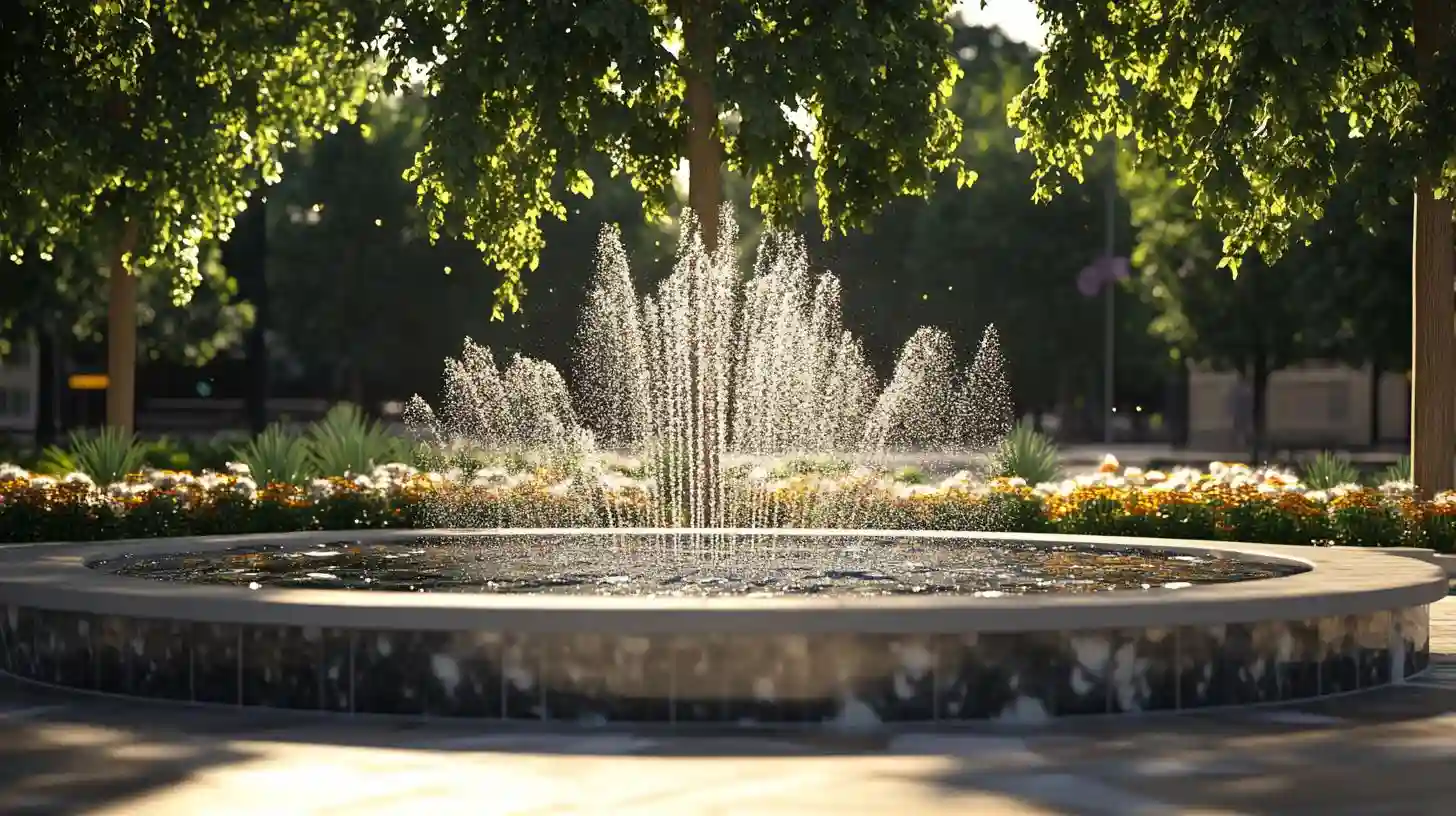
Negative oxygen ions, also known as negative ions, are molecules that have gained an electron, resulting in a negative electrical charge. These ions are prevalent in nature, especially in places like forests, waterfalls, and beaches, where fresh air rejuvenates and revitalizes. As cities become more urbanized and exposure to nature diminishes, people are increasingly recognizing the need to introduce elements into their environment that can enhance their wellbeing. One captivating way to experience the health benefits of negative ions is through the presence of water fountains in public spaces.
Fountains create an ambiance that is not only visually pleasing but also promotes an environment rich in negative ions. The process of water cascading and splashing generates these ions, filling the surrounding air with revitalizing energy. As individuals stroll past or sit near these fountains, they inadvertently inhale the charged particles that can significantly improve their mood and overall health.
The benefits of breathing in negative ions are well-documented. Many studies have shown that they can alleviate feelings of stress and anxiety. For city dwellers, the hustle and bustle of urban life can take a toll on mental health. The incorporation of fountains throughout urban landscapes provides an accessible retreat where individuals can find serenity and calm amid the chaos. The rhythmic sound of water flowing coupled with the refreshing burst of negative ions can act as a natural antidote to the pressures of daily life.
Moreover, negative ions are believed to have a positive impact on physical health, especially concerning respiratory functions. For people suffering from allergies or asthma, the presence of negative ions can help purify the air. These ions can attach themselves to allergens, such as dust, pollen, and smoke particles, causing them to clump together and fall to the ground instead of remaining suspended in the air. This air purification effect allows for cleaner air to be breathed in, promoting better lung capacity and ease of breathing.
In addition to improving respiratory health, negative ions can enhance energy levels and increase overall productivity. Many individuals report feeling more alert and focused after spending time in environments rich in negative ions, such as those near fountains or natural water bodies. For students, professionals, and anyone engaged in creative work, finding a fountain to sit near or walk by can be a simple yet effective way to boost concentration and inspiration. The tranquil setting encourages a sense of peace, allowing for clearer thoughts and heightened motivation.
Furthermore, exposure to negative ions is linked to improved sleep patterns. Many people experience difficulties falling asleep or maintaining quality rest due to various stressors. The calming effect of negative ions, particularly in soothing environments such as a garden or park with a fountain, can promote relaxation and set the stage for a restful night. As individuals spend time near the water, they often find their worries melting away, leading to a more peaceful state of mind that translates into better sleep.
In urban areas, where the hustle of life can lead to an increase in mental fatigue and a decrease in personal wellness, incorporating features like fountains into city planning is becoming increasingly important. These installations not only enhance the aesthetic appeal of public spaces but also serve as essential elements in promoting community health. Cities investing in such features recognize the multifaceted benefits they offer beyond mere decoration.
These water features can foster social interaction, encouraging people to gather, converse, and form connections. In an age characterized by disconnection driven by technology, the simple act of sharing a space around a fountain can be transformative. Community members can come together to enjoy a tranquil oasis, making it a delightful meeting point amidst the urban setting.
The introduction of fountains into urban landscapes represents much more than just an effort to beautify the environment. It is a conscious choice to foster health and wellbeing by harnessing the natural benefits of negative oxygen ions. As more individuals become aware of the advantages associated with these charged particles, public spaces can transition into havens of relaxation and revitalization. This shift can encourage more people to engage with their environment and take strides towards a healthier lifestyle through the simple act of enjoying the serenity of flowing water. In an increasingly chaotic world, embracing the calming presence of fountains may just be what many urban residents need to enhance their overall quality of life.